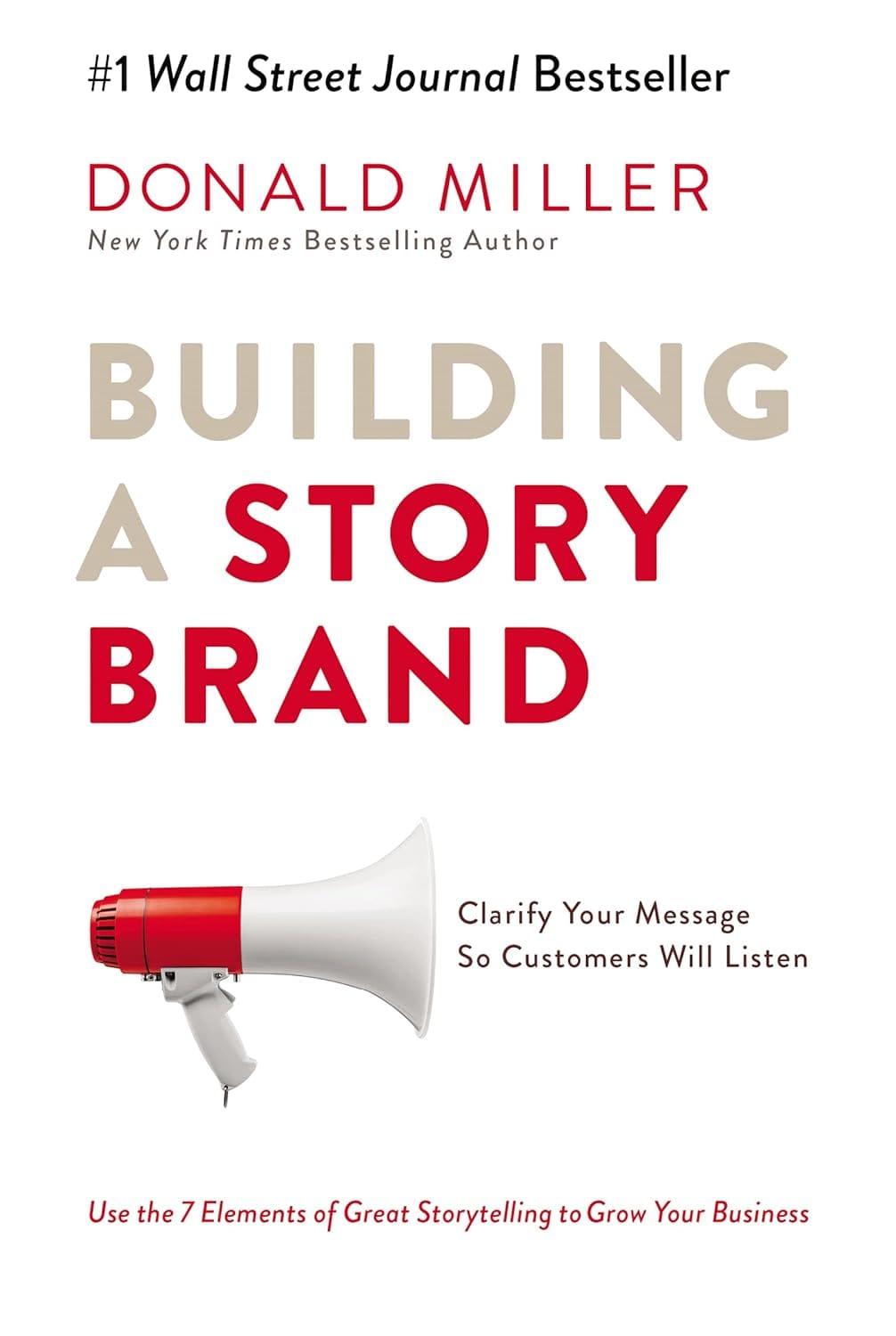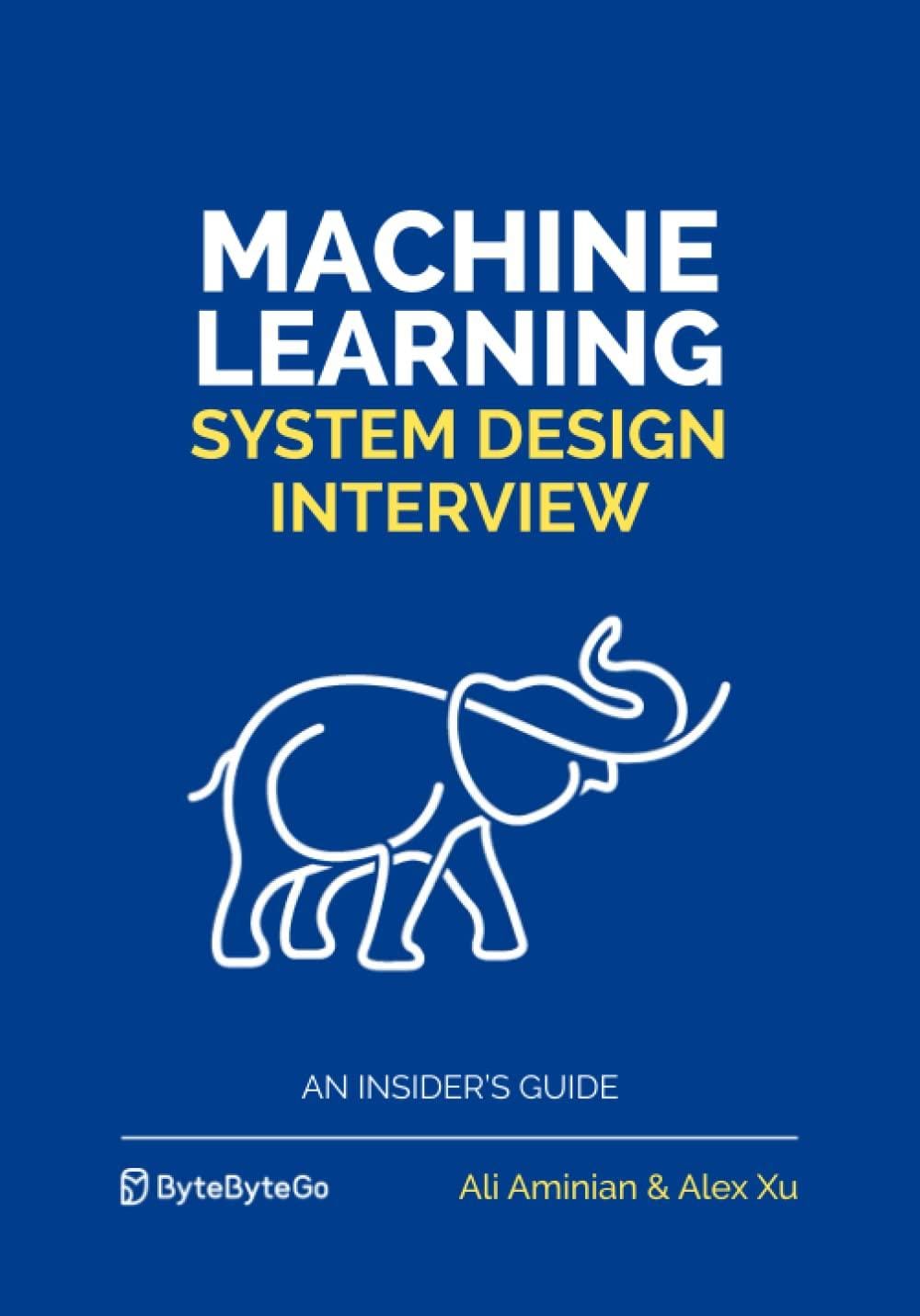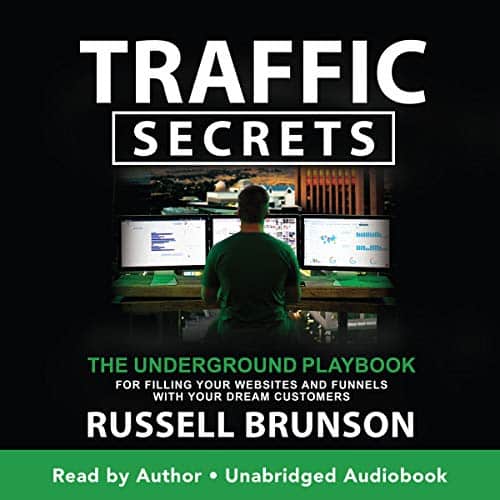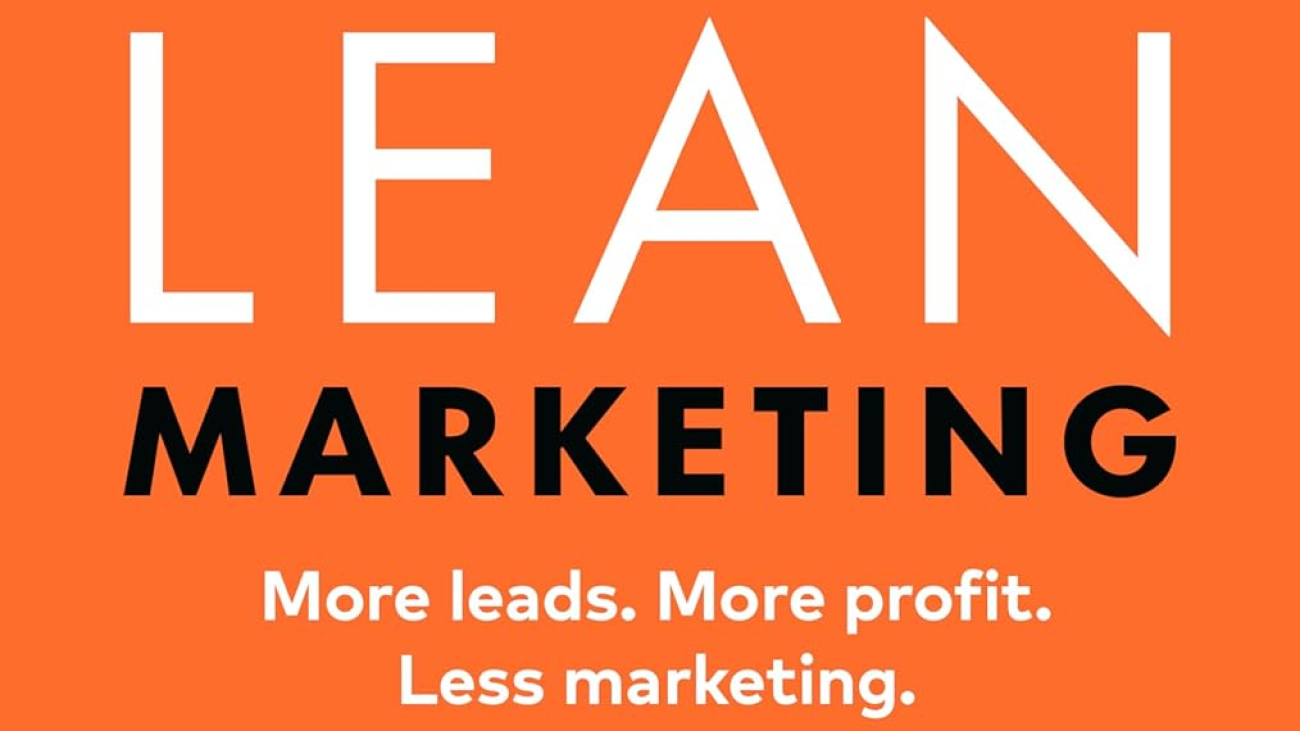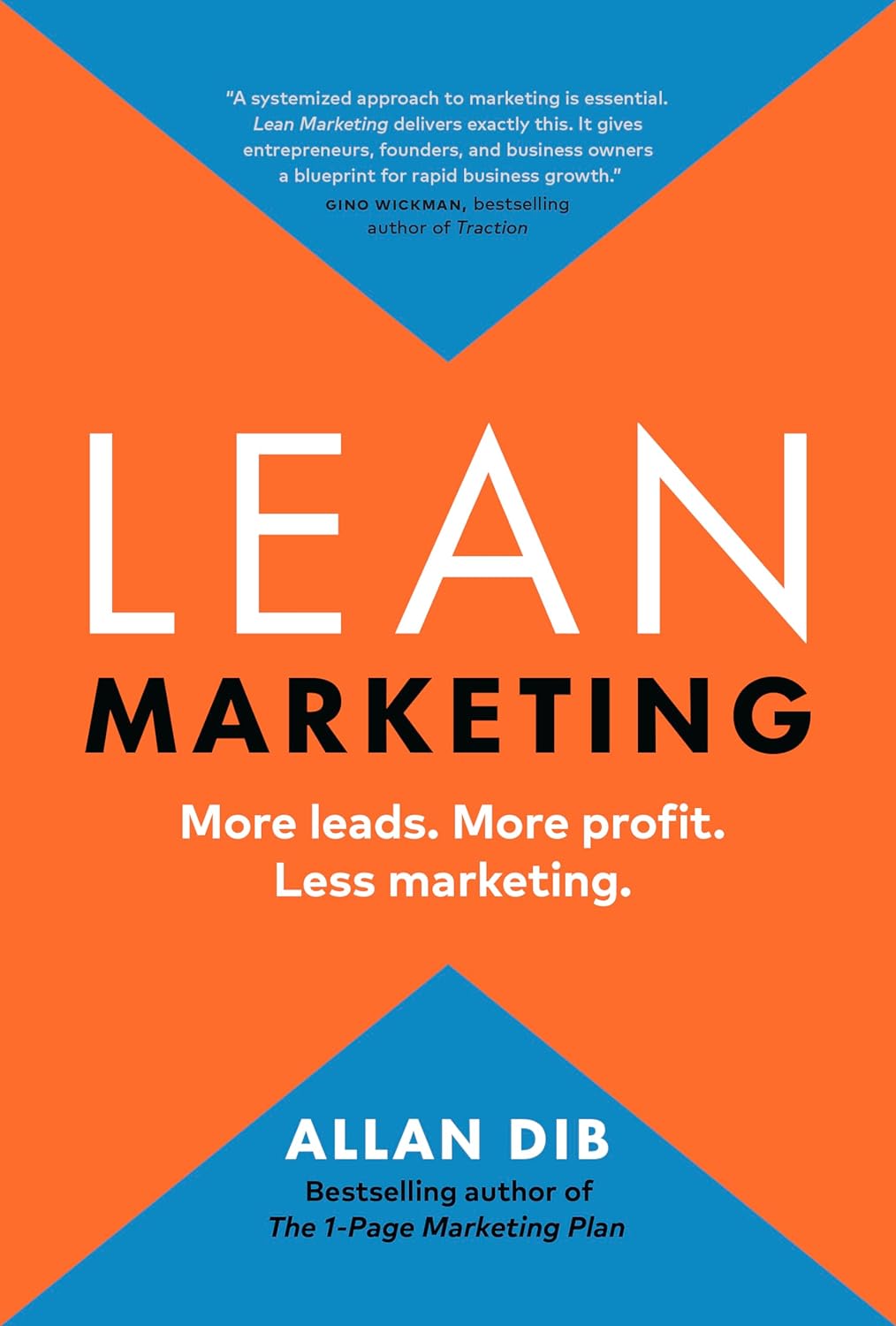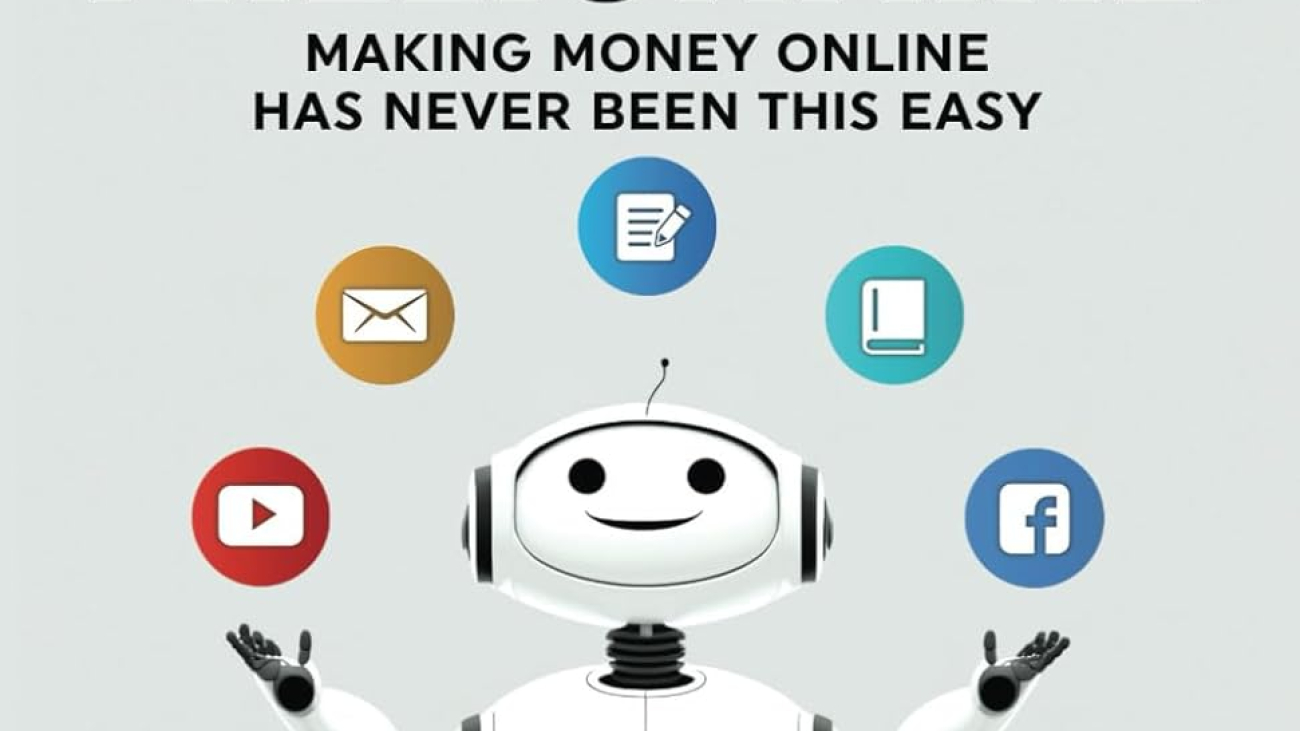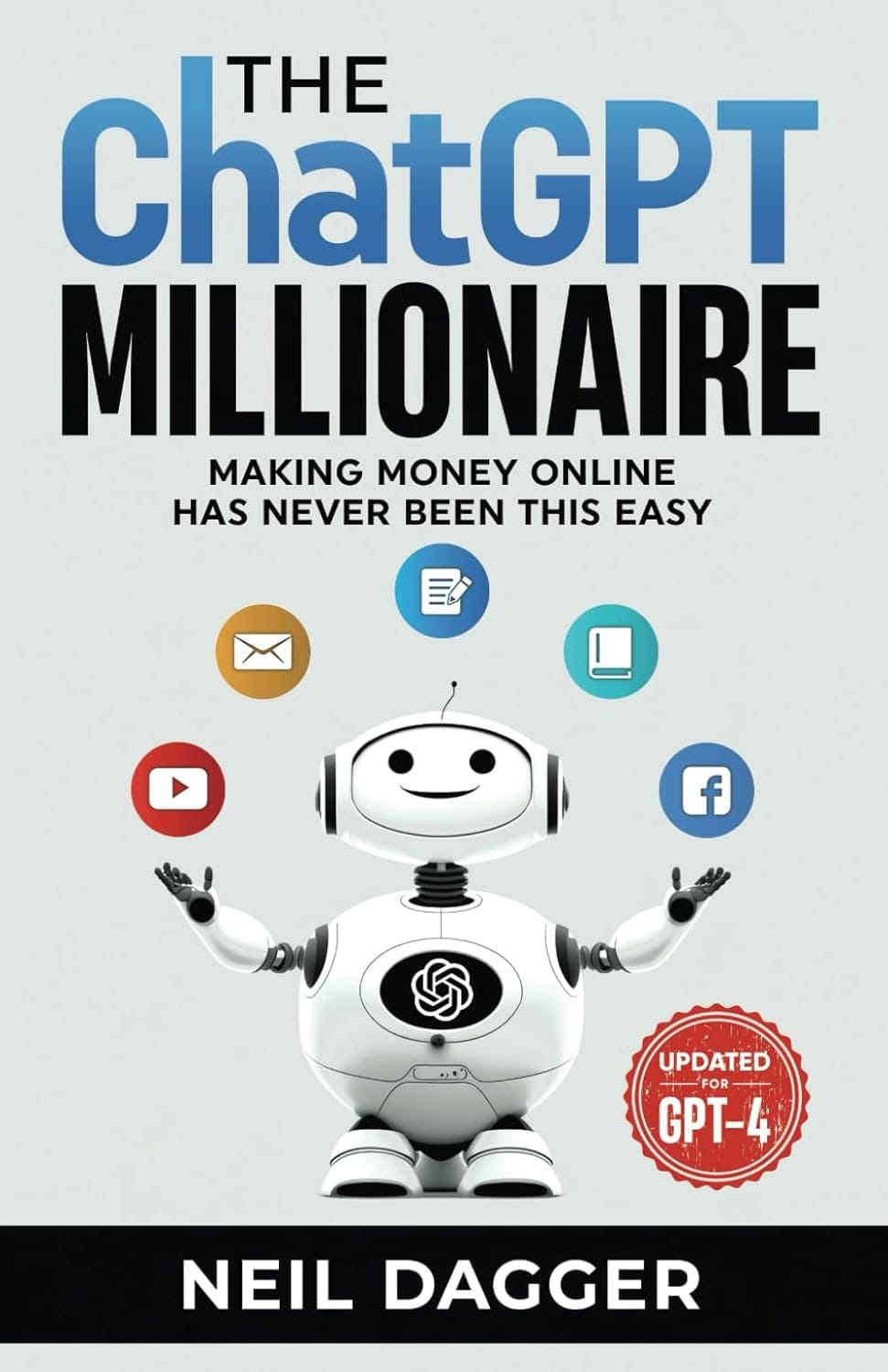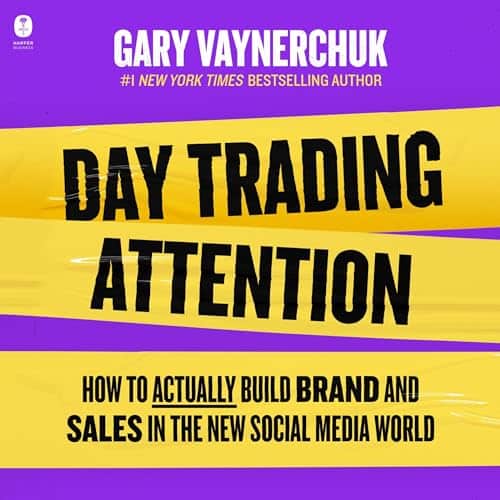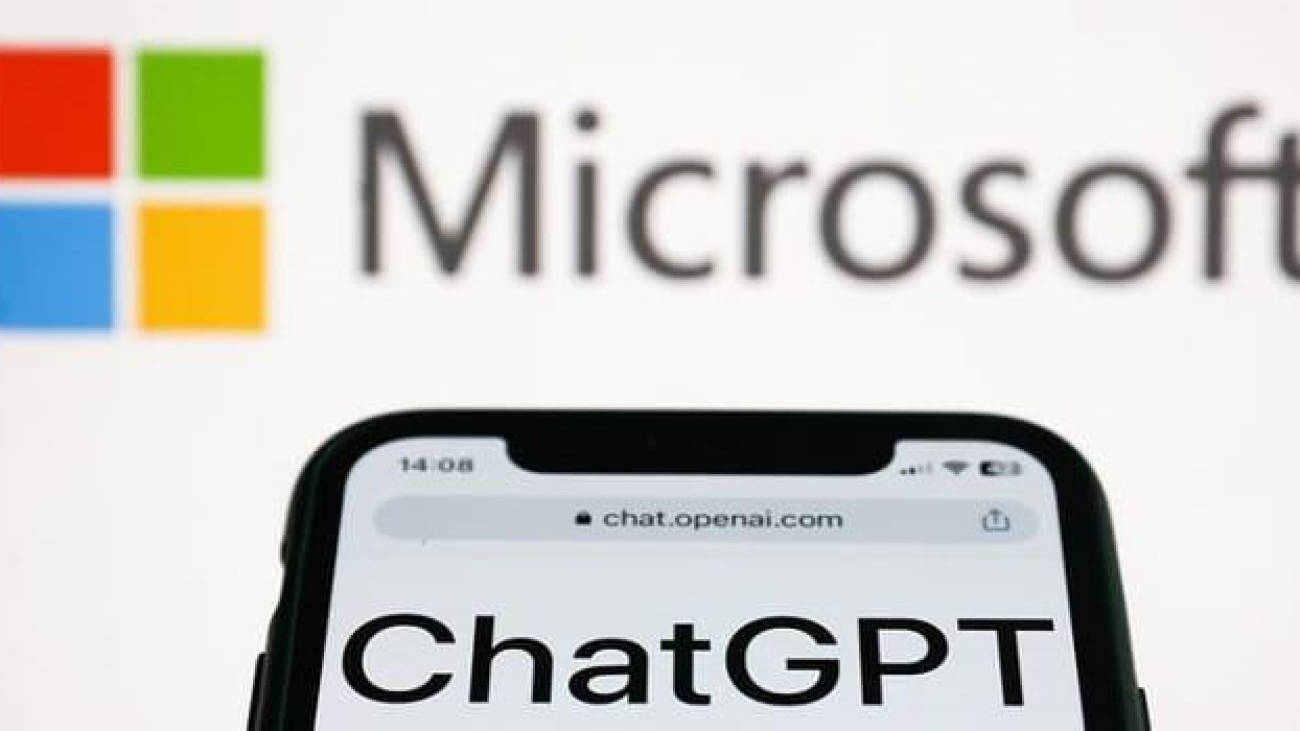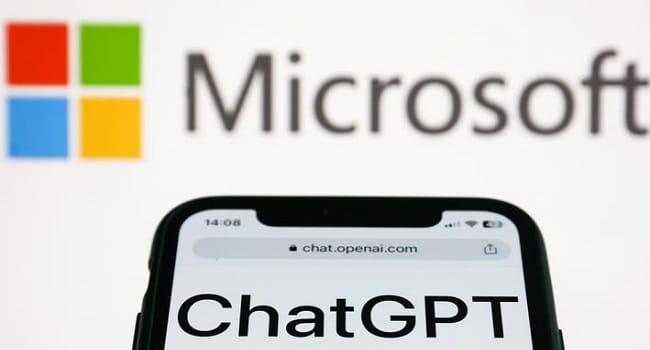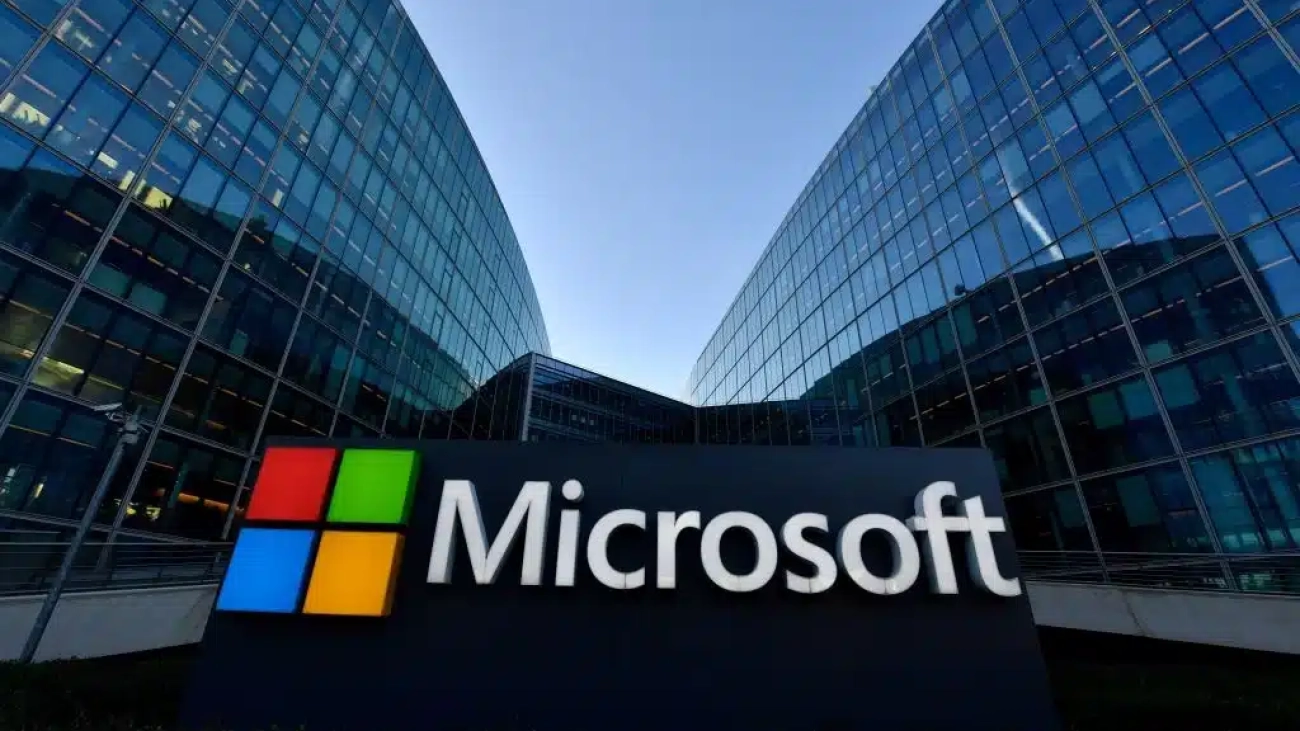Let’s talk about Microsoft’s latest move: They’re putting the brakes on U.S. police departments from using generative AI for facial recognition through their Azure OpenAI Service. This service wraps OpenAI technology in a fully managed, enterprise-focused package.
On Wednesday, Microsoft updated the terms of service for Azure OpenAI Service, tightening the rules around police use of facial recognition in the U.S. Specifically, the company prohibits police departments from using the service for facial recognition, including any integrations with OpenAI’s current or future image-analyzing models.
Police Use of Facial Recognition in “Uncontrolled Environments” Banned
Microsoft’s new terms also make it clear that any law enforcement agencies worldwide can’t use “real-time facial recognition technology” with mobile cameras like body cameras or dashcams to identify people in uncontrolled environments. This ensures that the tech isn’t used in unpredictable settings.
This policy shift came shortly after Axon, a company known for tech and weapons products for military and law enforcement, unveiled a new product using OpenAI’s GPT-4 generative text model to summarize body camera audio. Critics quickly raised concerns about potential issues like AI hallucinations and racial bias from the training data, which is particularly worrisome given that people of color face higher rates of police stops than their white counterparts.
It’s not clear if Axon was utilizing GPT-4 through Azure OpenAI Service, or if Microsoft’s updated policy was a response to Axon’s product. We’re waiting for comments from Axon, Microsoft, and OpenAI on this.
Flexibility in the New Terms
Microsoft’s new terms provide some flexibility, allowing Azure OpenAI Service use for police departments outside the U.S., and not covering facial recognition in controlled environments like a back office—although U.S. police still can’t use facial recognition in any scenario.
These policies align with Microsoft’s and OpenAI’s recent approach to AI-related contracts with law enforcement and defense agencies.
AI in Military and Defense
In January, Bloomberg reported that OpenAI is working with the Pentagon on several projects, including cybersecurity initiatives. This marks a shift from OpenAI’s previous stance against providing AI to militaries. Additionally, Microsoft has proposed using OpenAI’s DALL-E for the Department of Defense to aid in software development for military operations, according to The Intercept.
READ ALSO: Latest Windows 11 Update Plagued by Bugs, Microsoft Responds
Azure OpenAI Service became available in Microsoft’s Azure Government product in February, offering extra compliance and management features aimed at government agencies, including law enforcement. In a blog post, Candice Ling, Senior Vice President of Microsoft Federal, pledged that Azure OpenAI Service would undergo further authorization by the Department of Defense for tasks supporting their missions.


